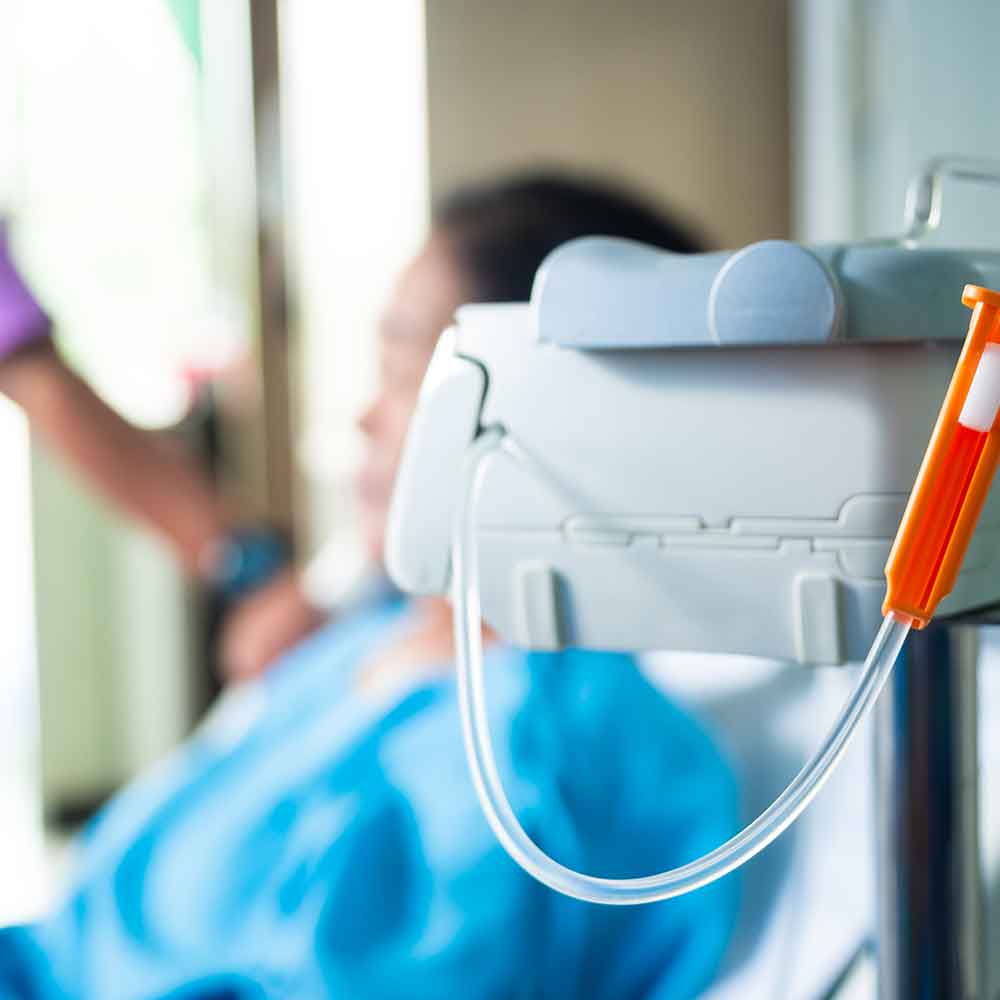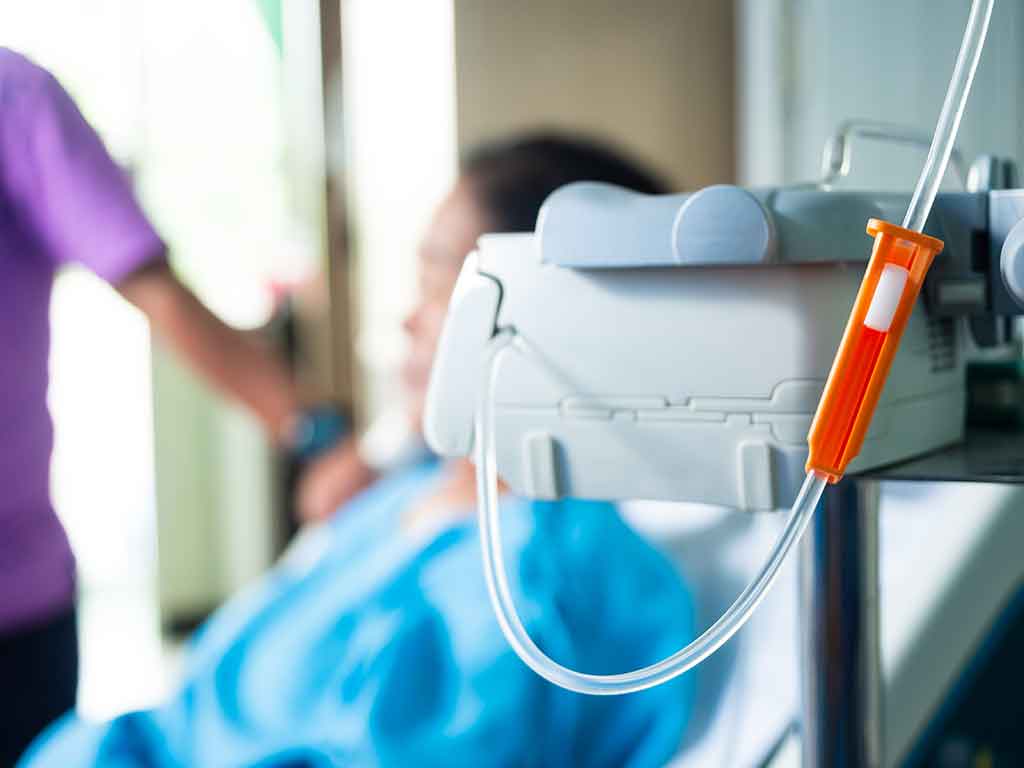

What is rheumatoid arthritis?
Rheumatoid arthritis (RA) is a chronic inflammatory disorder that affects the joints and can damage other body systems, including the skin, eyes, lungs, heart, and blood vessels. Unlike the wear-and-tear damage of osteoarthritis, RA is an autoimmune disorder where the immune system attacks the joints. This can result in painful swelling, bone erosion and joint deformity.
Medications include:
- Nonsteroidal anti-inflammatory drugs (NSAIDs);
- Steroids;
- Conventional disease-modifying anti-rheumatic drugs (DMARDs); and
- Biological agents.
What are biological agents?
Biologics are a newer class of DMARDs that may slow or stop inflammation. In people with RA, the immune system mistakenly takes aim at its own tissues, leading to high levels of cytokines that can cause joint inflammation and pain. Biologics work by blocking these substances to diminish the immune response and reduce inflammation, pain and joint damage.
Biologics are made from living cells and tend to work quicker than conventional DMARDs. Conventional DMARDs suppress the overall immune system, whereas biologics block specific parts of the immune system. Biologics are more complex than conventional DMARDs and must be administered parenterally.
According to the Therapeutic Guidelines, biological disease-modifying anti-rheumatic drugs (bDMARDs) are used by specialists if remission is not achieved or significant disease activity persists after trialling conventional DMARDs. Biologicals are usually used in combination with conventional DMARDs.
The guidelines provide the following usual dosages for first-line bDMARDs (listed in alphabetical order):
- Abatacept 500 to 1000 mg intravenously, as a single dose at 0, 2 and 4 weeks, and thereafter every 4 weeks; OR
- Abatacept 125 mg subcutaneously, once weekly; OR
- Adalimumab 40 mg subcutaneously, every 2 weeks; OR
- Certolizumab pegol 400 mg subcutaneously, as a single dose at 0, 2 and 4 weeks, and thereafter 200 mg every 2 weeks; OR
- Certolizumab pegol 400 mg subcutaneously, as a single dose at 0, 2 and 4 weeks, and thereafter every 4 weeks; OR
- Etanercept 50 mg subcutaneously, once weekly; OR
- Golimumab 50 mg subcutaneously, every 4 weeks; OR
- Infliximab 3 mg/kg intravenously, as a single dose at 0, 2 and 6 weeks, and thereafter every 8 weeks; OR
- Tocilizumab 8 mg/kg intravenously, every 4 weeks; OR
- Tocilizumab 162 mg subcutaneously, once weekly.
If the response to the initial drug choice is inadequate, the guidelines advise that an alternative first-line bDMARD may be used.
Rituximab is reserved for when first-line bDMARD therapy has failed. The two doses (1g by intravenous infusion) are given two weeks apart. For patients who respond to this initial rituximab course, treatment may be repeated (usually after 6 to 12 months) depending on disease activity.
Different types of biological therapies:
All bDMARDs are associated with an increased risk of infections. The most common infections seen are upper respiratory infections, pneumonia, urinary tract infections, and skin infections. Patients should be advised to contact their doctor if they develop signs of an infection.
Patients should not receive live vaccines when taking biologics.
1. Tumour necrosis factor (TNF) inhibitors = adalimumab, certolizumab, etanercept, golimumab, infliximab
These agents bind to TNF alpha and inhibit its activity. TNF alpha is a pro-inflammatory cytokine produced by macrophages and lymphocytes.
Following initiation of a TNF inhibitor, improvements may be seen within two to four weeks, with further effects over the next three to six months.
2. T-cell Co-stimulatory blockers
Abatacept (Orencia®)
Abatacept is a fusion protein that binds to the CD80 and CD86 molecules on the surface of antigen presenting cells. This prevents the interaction of these molecules with CD28 found on T cells, thereby reducing the T cell response.
The onset of effect may be seen within 14 days, with continued improvement over the following 12 months. Discontinuation should be considered if there is no effect after three to four months.
3. B-Cell inhibitors
Rituximab (Rituxan®)
Rituximab is a monoclonal antibody that binds to the CD20 molecule on the B cell surface, removing B cells from circulation. A single course of rituximab (two infusions of 1,000mg given two weeks apart) leads to a prompt reduction of B lymphocytes in the peripheral blood. This effect is prolonged, with recovery of B cell counts usually beginning six to nine months after completion of therapy.
The onset of action may be slower for rituximab than other bDMARDs, and effects may not be seen for up to three months after an infusion. However, the effects may last six months or longer following a single course.
Rituximab is associated with infusion reactions such as hives, itching, swelling, difficulty breathing, fever, chills and changes in blood pressure. These respond to slowing the infusion rate. Patients receive premedication with intravenous corticosteroids, paracetamol and an antihistamine before each dose.
Rituximab may also be associated with progressive multifocal leukoencephalopathy (PML), a severe and potentially fatal brain infection.
Angina, arrhythmias, heart failure and myocardial infarction, have also been reported in patients treated with rituximab.
4. Interleukin inhibitors
Interleukin-6 (IL-6)
Tocilizumab (Actemra®)
Tocilizumab binds specifically to both soluble and membrane-bound IL-6 receptors. IL-6 is a pleiotropic pro-inflammatory cytokine involved in various physiological activities, including T-cell activation, immunoglobulin secretion, initiation of hepatic acute phase protein synthesis, and stimulation of hematopoiesis. Synovial and endothelial cells can also produce IL-6, leading to local production in joints affected by inflammatory processes.
The usual time to effect is around four to eight weeks.
Caution is required in patients with a history of intestinal ulceration or diverticulitis due to reports of gastrointestinal perforation. Other potential adverse effects include reduced platelet count, elevations in liver transaminases, increased lipid parameters, and neutropenia.
Interleukin-1 (IL-1)
IL-1 is another pro-inflammatory cytokine involved in the pathogenesis of RA. IL1 can cause degradation of cartilage and inhibit its repair. It also stimulates osteoclasts, leading to bone erosion.
Anakinra
Anakinra is an IL-1 receptor antagonist. It is administered as a subcutaneous injection, with a recommended dose of 100mg daily. The usual time to effect is around two to four weeks.
The most common side effects are injection site reactions which may present as erythema, itching, and discomfort. These usually resolve over one to two months, although patients with severe reactions may require discontinuation of therapy.
Anakinra is not available on the Pharmaceutical Benefits Scheme (PBS) for the treatment of rheumatoid arthritis.












